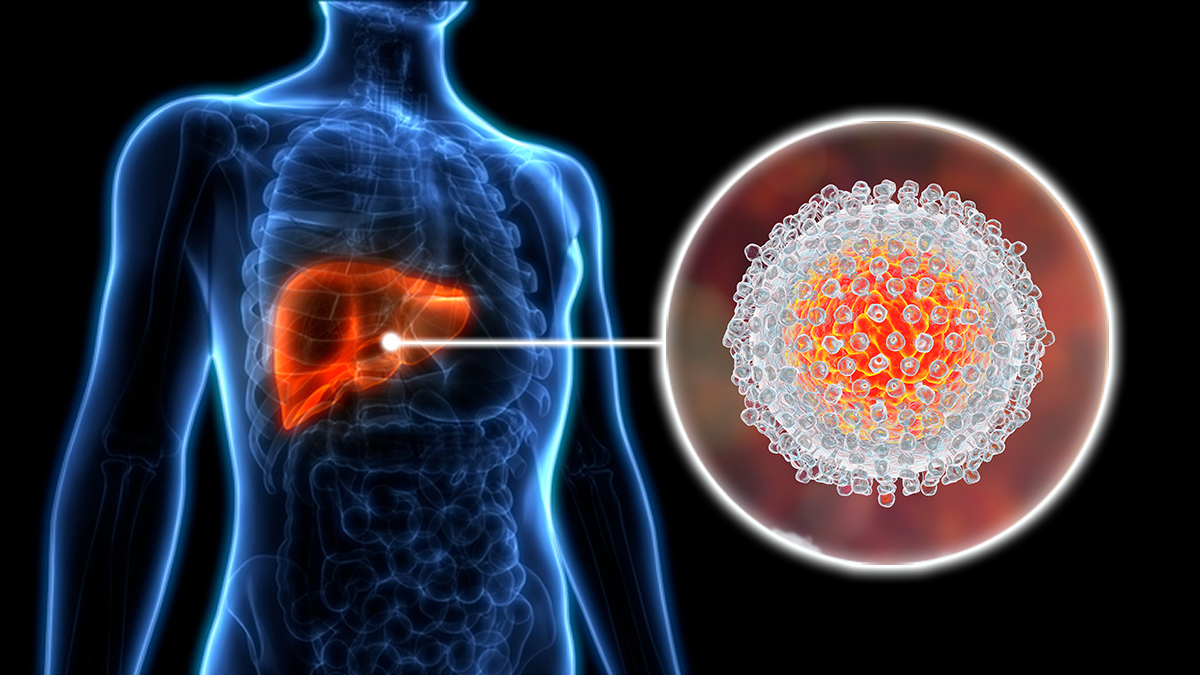What Is Hepatitis C?
Hepatitis C is a liver infection caused by the Hepatitis C virus (HCV). It is one of the five main types of viral hepatitis, alongside Hepatitis A, B, D, and E. Unlike Hepatitis A and E, which are typically transmitted through contaminated food or water, Hepatitis C is primarily spread through blood-to-blood contact.
HCV is classified into six major genotypes, with over 67 subtypes identified. These genotypes influence the severity of the disease and the effectiveness of treatment. For instance, genotype 1 is the most common in the United States and Europe, while genotypes 3 and 4 are more prevalent in Asia and Africa.
Differences Between Hepatitis C and Other Types of Hepatitis
Hepatitis C differs from other types of hepatitis in several key ways:
|
Feature
|
Hepatitis A
|
Hepatitis B
|
Hepatitis C
|
Hepatitis D
|
Hepatitis E
|
|
Transmission
|
Contaminated food/water
|
Blood, sexual contact, birth
|
Blood-to-blood contact
|
Requires Hepatitis B co-infection
|
Contaminated food/water
|
|
Chronicity
|
No
|
Sometimes
|
Often
|
Often
|
Rare
|
|
Vaccine Available?
|
Yes
|
Yes
|
No
|
No
|
Yes (in some countries)
|
|
Global Prevalence
|
High
|
High
|
Moderate
|
Low
|
High
|
Source: World Health Organization (WHO)
Hepatitis C is unique in its high likelihood of becoming chronic. Approximately 75-85% of people infected with HCV develop chronic hepatitis, which can lead to severe liver damage over time.
How Is Hepatitis C Transmitted?
Hepatitis C is primarily spread through exposure to infected blood. Common modes of transmission include:
-
Sharing Needles or Syringes: This is the most common route of transmission, particularly among people who inject drugs.
-
Unsafe Medical Practices: Reuse of medical equipment or improper sterilization can lead to HCV transmission.
-
Blood Transfusions and Organ Transplants: Before the 1990s, when HCV screening became widespread, this was a significant risk factor.
-
Mother-to-Child Transmission: An infected mother can pass the virus to her baby during childbirth, though this is relatively rare.
-
Tattooing and Piercing: Using unsterilized equipment increases the risk of infection.
It is important to note that Hepatitis C is not spread through casual contact, such as hugging, kissing, or sharing utensils.
Symptoms of Hepatitis C
Hepatitis C is often referred to as a "silent" disease because many people do not experience symptoms until significant liver damage has occurred. When symptoms do appear, they may include:
These symptoms can be mild and easily mistaken for other illnesses, which is why many cases go undiagnosed for years.
Who Is at High Risk?
Certain groups of people are at a higher risk of contracting Hepatitis C. These include:
-
People Who Inject Drugs: Sharing needles or other drug paraphernalia is the most significant risk factor.
-
Recipients of Blood Transfusions Before 1992: HCV screening was not standard practice before this year.
-
Healthcare Workers: Accidental needle-stick injuries can expose workers to infected blood.
-
People with HIV: Co-infection rates are high due to shared transmission routes.
-
Incarcerated Individuals: Higher rates of drug use and unsafe practices contribute to increased risk.
How Can Hepatitis C Be Prevented?
Preventing Hepatitis C involves reducing exposure to infected blood. Key prevention strategies include:
-
Avoid Sharing Needles: Programs like needle exchange initiatives can help reduce the risk among drug users.
-
Practice Safe Healthcare: Ensure that medical equipment is properly sterilized.
-
Screen Blood Donations: Rigorous screening processes have significantly reduced the risk of transmission through transfusions.
-
Use Personal Protective Equipment (PPE): Healthcare workers should always use gloves and other protective gear when handling blood.
-
Be Cautious with Tattoos and Piercings: Only visit licensed professionals who follow strict hygiene protocols.
How Is Hepatitis C Treated?
Treatment for Hepatitis C has advanced significantly in recent years, with the development of direct-acting antivirals (DAAs). These medications can cure over 95% of cases, often within 8-12 weeks.
Commonly Used Medications
Treatment Challenges
-
Cost: While DAAs are highly effective, they can be expensive, limiting access in low-income countries.
-
Diagnosis Rates: Many people remain unaware of their infection, delaying treatment.
The Global Impact of Hepatitis C
Hepatitis C affects an estimated 58 million people worldwide, with approximately 1.5 million new infections each year (WHO, 2022). The disease is a leading cause of liver cancer and liver transplants.
Efforts to combat Hepatitis C include public awareness campaigns, improved access to testing and treatment, and harm reduction programs for high-risk populations.
QA Section
Q: Can Hepatitis C be cured?
Yes, Hepatitis C can be cured with direct-acting antivirals (DAAs), which have a success rate of over 95%.
Q: Is there a vaccine for Hepatitis C?
No, there is currently no vaccine for Hepatitis C, though research is ongoing.
Q: How long does it take for symptoms to appear?
Symptoms may take weeks to months to appear, and many people remain asymptomatic for years.
Q: Can Hepatitis C be transmitted through sexual contact?
While rare, sexual transmission is possible, particularly among individuals with multiple partners or co-existing sexually transmitted infections.
Q: What should I do if I think I’ve been exposed to Hepatitis C?
Seek medical advice immediately. Early testing and treatment can prevent long-term complications.
References
-
-
-
-

